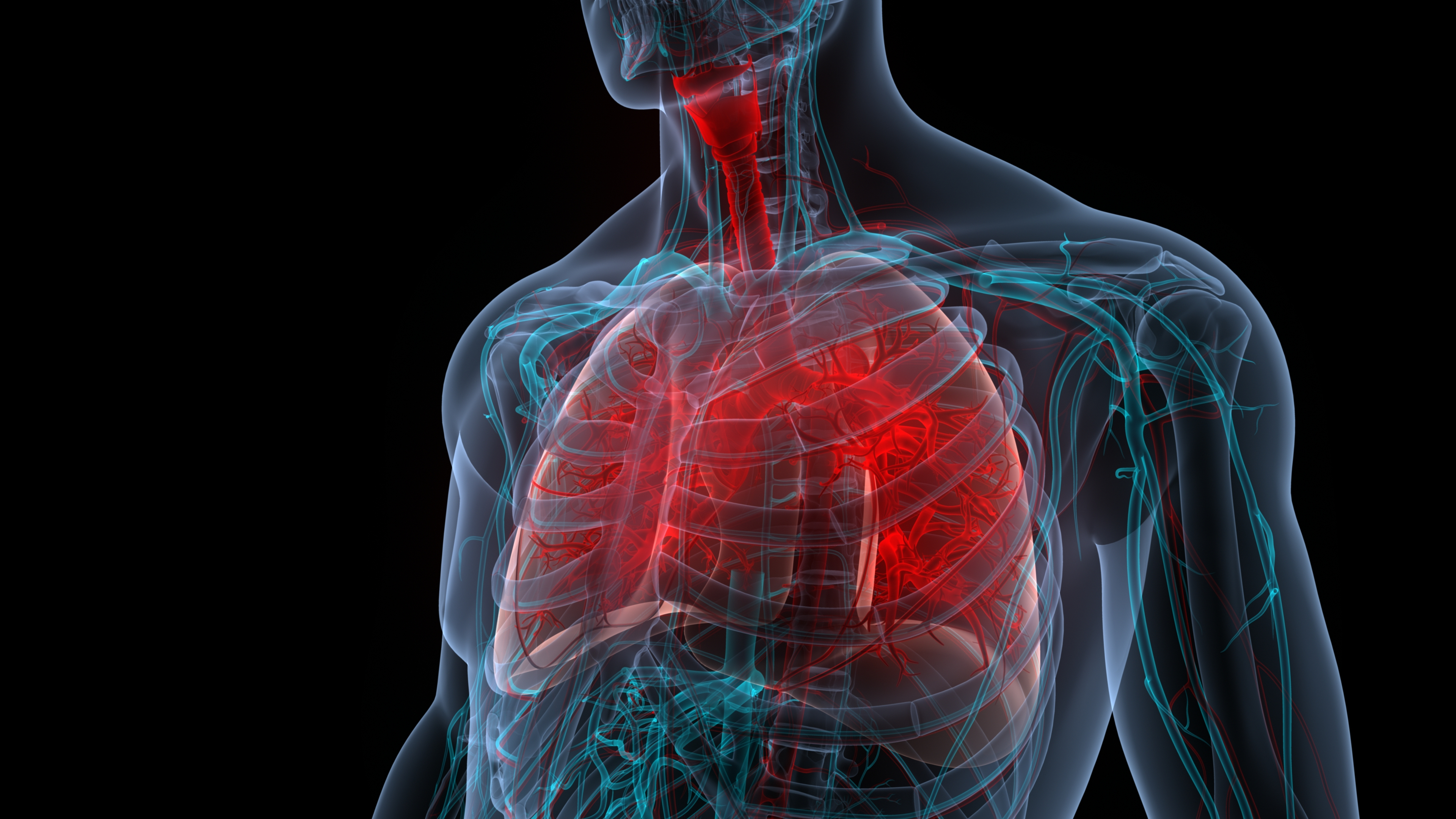Elevate Healthcare Blog
Webinar Highlights: Physiological Realism in Medical Simulation
Nov 08, 2024

In today’s medical education, having realistic simulations is essential for effective training. In a recent webinar hosted by Healthysimulation.com, Dr. Willem van Meurs discussed how accurate physiological models improve medical simulators. These models allow simulators to respond dynamically to different medical situations, making training more realistic and consistent, which is especially important in high-pressure environments. Attendees learned how model-based simulations simplify the setup of clinical scenarios and adjust to various patient profiles in a physiologically meaningful way. This discussion highlights how reliable simulations prepare future healthcare professionals for the challenges they will face in the real world.
The Importance of Correct Physiological Responses in Medical Training
Getting physiological responses right in medical simulators is crucial for effective training. As Dr. van Meurs pointed out, accurate simulations prevent learners from developing habits that would only work in the artificial environment. When simulations reflect real physiological responses, they create a more realistic learning atmosphere and build confidence in future healthcare professionals. To avoid negative learning experiences—where students might effectively treat simulators rather than real patients—institutions should prioritize using model-based simulators that closely mimic real-life situations.
How Models Facilitate Scenario Programming
One of the standout benefits of model-driven simulators is how they make programming patients and clinical scenarios easier. Unlike traditional simulators that often require a lot of manual adjustments, model-driven systems only need a few key physiological parameters to be set. From there, the simulator naturally responds to various therapeutic interventions. Dr. van Meurs shared a clear example involving low blood pressure. Depending on the cause—like low blood volume, vasodilation, or a weak heart muscle—the simulator automatically adjusts to show the right physiological responses. This approach saves facilitators time and ensures that scenarios remain realistic and educationally valuable. By adopting model-driven simulators, institutions can enhance the effectiveness and efficiency of their training programs.
Constructing and Validating Models
Building reliable physiological models takes careful attention and thorough validation. Dr. van Meurs outlined a solid process that includes ensuring conceptual validity, verified reference code, and comparing model responses with clinical data. This detailed approach guarantees that models not only simulate reality accurately but also that their code implementation maintains consistency over time. Validating models involves checking their outcomes against real-world clinical data, ensuring that simulations accurately reflect actual medical scenarios. For simulation developers, following strict validation procedures is key to preserving the integrity and educational value of their simulations, so that instructors don’t have to worry about these aspects.
Challenges in Model-Driven Simulation
While model-driven simulations offer many advantages, they also come with challenges that need thoughtful solutions. One major challenge is the variety of patient profiles and medical conditions, which requires sophisticated adaptable models. This demands a combination of advanced technology and deep clinical knowledge. Another important issue is designing user interfaces that are both easy to use and informative, helping educators integrate these advanced models into their teaching seamlessly. Dr. van Meurs emphasized that developing these interfaces is an ongoing task, with the aim of balancing usability with simulation accuracy. Concerning run-time us, he advised to use either a model-driven approach or overrides of monitored variables, but not a mix of both. Manufacturers should focus on creating user-friendly interfaces that uphold the integrity of the simulations, allowing both educators and learners to fully benefit from the advanced capabilities of model-driven systems
Effective Educational Simulations Based on Physiological Models
A great example of successful model-driven simulations comes from the University of Bristol. They have implemented virtual patient-based simulators in large classroom settings, serving around 1,350 students across 12 bachelor's degrees each year. This transition has not only maintained student satisfaction and educational outcomes but also increased efficiency by an impressive 25 times. By using model-driven simulators and virtual patients, the university effectively teaches complex physiological concepts to a broad range of students. This approach allows instructors to manage large classes without sacrificing the quality of education. Other institutions looking to enhance their educational offerings can benefit from adopting similar strategies for more efficient and impactful teaching.
Conclusion
Physiological realism in medical simulation plays a vital role in enhancing medical education. Dr. Willem van Meurs highlighted the importance of accurate physiological responses, the ease of programming patients and clinical scenarios with model-driven simulators, and the rigorous processes involved in constructing and validating these models. While challenges like diverse patient profiles and user-friendly interfaces exist, institutions can effectively tackle these hurdles by embracing advanced technologies.
Want to dive deeper into the topic of physiological realism in medical simulation? Watch the full webinar with Dr. Willem van Meurs to explore these concepts in greater detail. Participants can earn 1 Contact Hour of RN Continuing Education (CE) for their participation.



